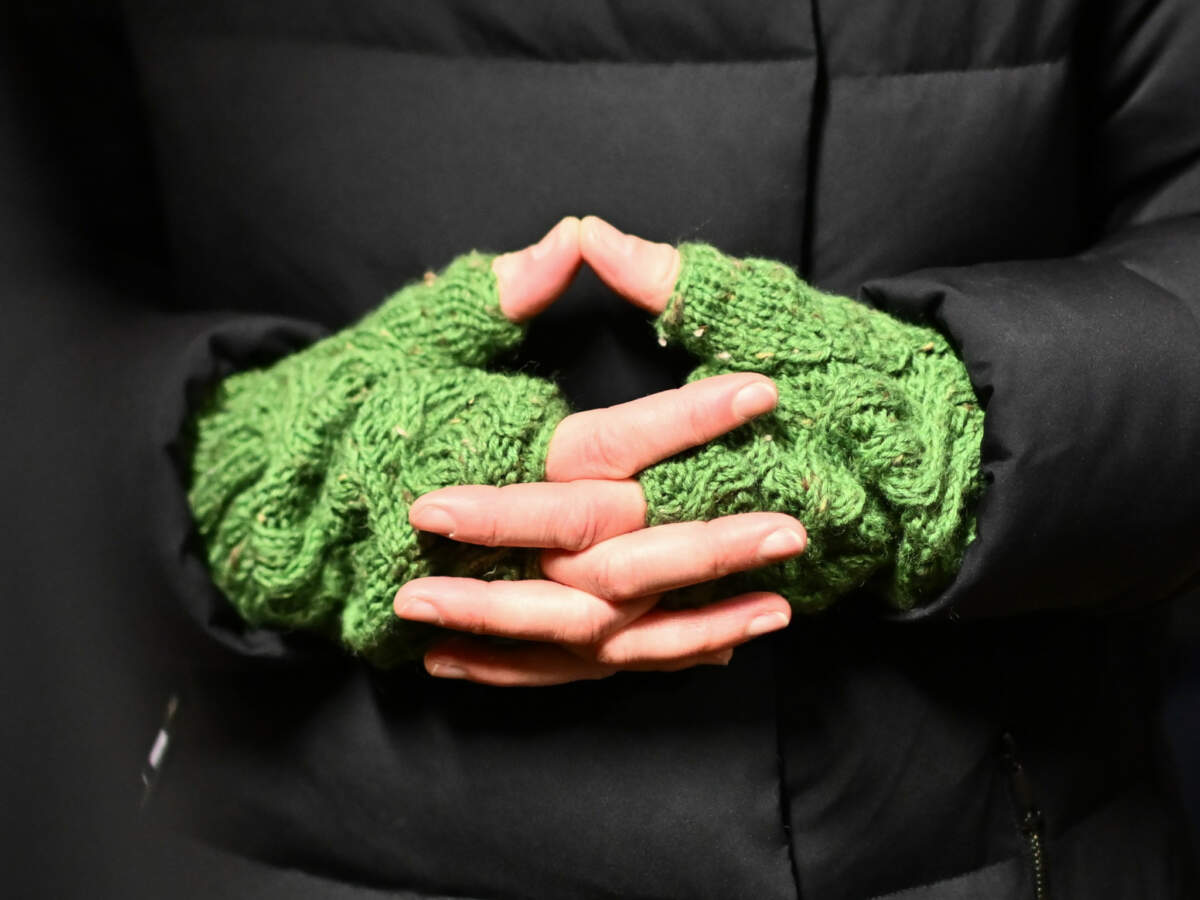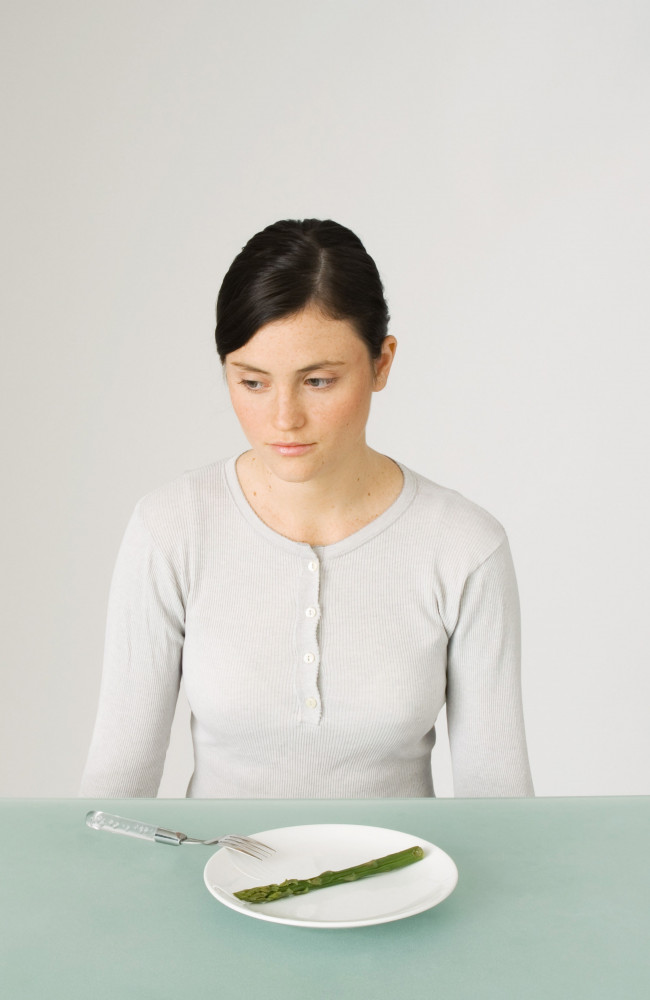Cycling gloves, in particular, were the worst offenders, followed by woolen gloves and suede ones. Some gloves contained over 4,000 units of biological matter, far surpassing the average contamination found on a toilet seat.
A new study has revealed that gloves—particularly cycling gloves—harbor more bacteria than a toilet seat. The research, conducted by Initial Washroom Hygiene, involved swabbing the inside and outside of various types of gloves, including woolen, leather, and cycling mittens, to test for bacterial contamination. The results were concerning, with over half of the gloves tested found to carry harmful bacteria.
Cycling gloves, in particular, were the worst offenders, followed by woolen gloves and suede ones. Some gloves contained over 4,000 units of biological matter, far surpassing the average contamination found on a toilet seat. A 2012 study showed that a typical toilet seat has about 220 units of bacteria, which is considered the normal range for contamination.
Jamie Woodhall, technical and innovations manager at Initial Washroom Hygiene, urged people to wash their gloves thoroughly before use. He emphasized that gloves can come into contact with numerous contamination points, from holding handles on public transport and opening doors to using a phone or carrying shopping bags. Additionally, the inside of gloves can be contaminated if they are put on with unwashed hands.
This study serves as a reminder of how easily bacteria can spread and how everyday items, like gloves, can be breeding grounds for harmful germs. Regular cleaning of gloves, especially during flu season or when dealing with public spaces, is recommended to reduce the risk of bacterial contamination.









